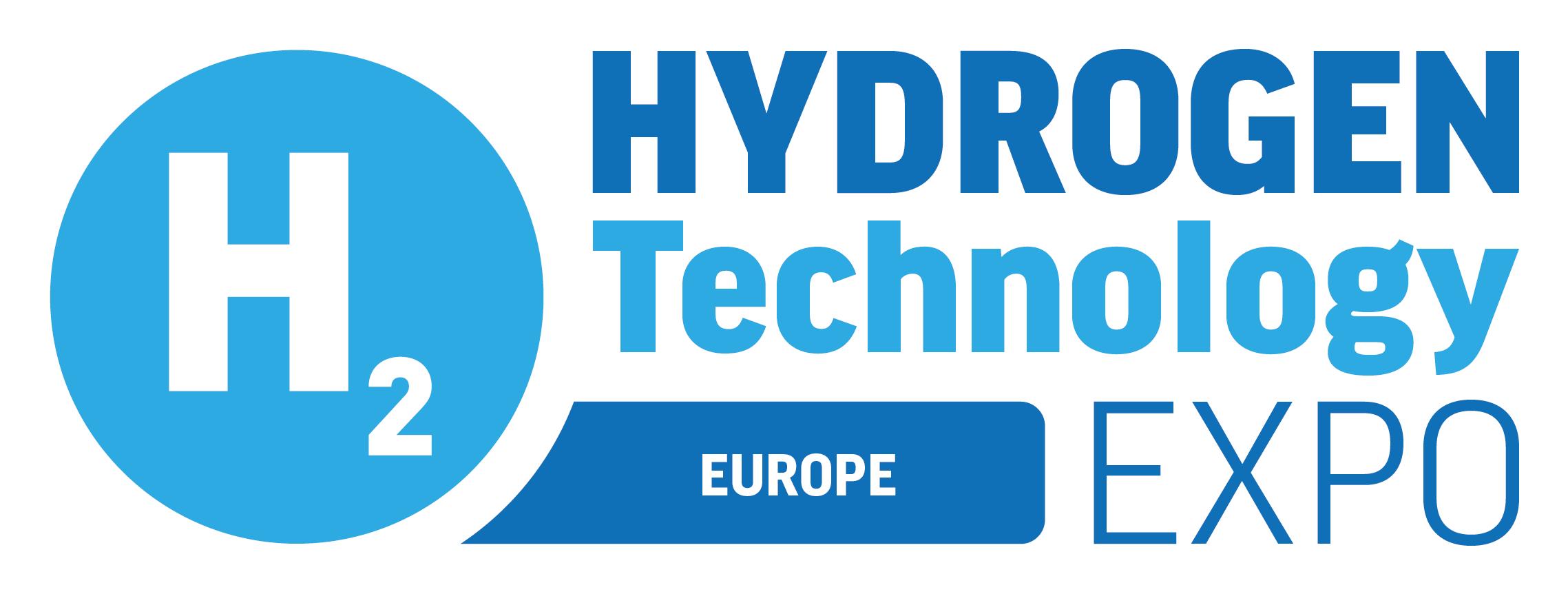Hydrogen/CCUS/P2X - How much is too much?
How much is too much? This question can halt progress, we think you have to get started regardless.
As the Energy transition market starts to move into its next phase of maturity, companies like Bilfinger, who have been involved in this market since its early inception, have been working on infrastructure assessment, to help determine total delivery costs. This is vital to determine viability of projects, allowing us to consider different scenarios as part of our modelling and thus provide guidance based upon empirical evidence.
When we look at Hydrogen, over the last five years, the market has been fixated on the $/Kg value, with an aspirational number of $1.50/Kg seen as a value which would make Hydrogen a viable solution as a replacement for fossil fuels. As we have improved our understanding, we have come to realise there are many different factors we need to consider, which we failed to account for, which has meant that this number has increased.
The good news is that the other factors are not all negative, for instance, if we combine Carbon Capture and heat recovery, where feasible, eg as part of a P2X project, the numbers get interesting and make a compelling argument to proceed.
We all know that refineries are the biggest users of Hydrogen in the world, with China as the biggest producer and user. Current production of Hydrogen produces 900Mt of CO2, therefore switching producers and users to low-emission Hydrogen is vital. Given the advances in technology and the growing number of technical specialists emerging in the Hydrogen market, the installation of on-site Hydrogen and CO2 sequestration facilities for refineries is one of the quickest ways to reduce this environmental challenge. Not only can users guarantee supply, but they can also reduce transport costs and emissions and provide secondary outlets for the Hydrogen as vehicular use increases, creating greater demand for refuelling stations. Green Hydrogen is the ultimate goal; however, Blue and Grey Hydrogen will have their part to play in the interim transitional period as we move towards 2030 and 2050 with the environmental targets they both present.
Over the next five year’s we will see a leap in electrolyser technology, both in terms of capacity and efficiency but also with regard to the reduction in reliance of precious metals. Hybrid electrolysers will have a larger part to play, combining the best of Alkaline and Acid technologies, giving greater operational hours between maintenance periods as well as more flexibility for base load/ramping operations necessitated by renewable electricity sources (which will also improve as battery storage technology improves in tandem). SOEC/ or Solid Oxide Electrolyser Cells also have their part to play and whilst they have relatively small MW outputs today, vs Alkaline or PEM, the companies promoting this technology are giants in their field and they will quickly improve outputs and reduce cost per Kg at the same time.
We are also able to utilise technology previously developed, which is great, in terms of speed of application. One such example is H2Dry, where we employ knowledge garnered by our experience with the drying of natural gas and apply this to Hydrogen allowing us to reduce the ppm of water entrained in the Hydrogen using glycol. This is currently in prototype stage and has been developed in partnership with Leibniz University and the Fraunhofer Institute, with commercial launch in Q3 2024.
Besides green Hydrogen, Industry and Society will need non-fossil Carbon feedstock. The two main areas will be Plastics and Fuels. This will open the path of CO2 utilisation, because in relation to Green Hydrogen production we foresee a strong growth in combining CO2 and H2 to deliver as first steps green methanol and DME. Most interesting of all is of course are Sustainable Aviation Fuels.
In this broad Power2X area, we experience the need for a system integrator role. Not only an experienced system integrator, one with the capability to support very diverse technology providers. These can be start-ups or scale-ups as well companies stepping in a new industry segment, for example from steel to chemicals.
Our presentation will focus on the modelling we have been working on and talk about some of the challenges we have overcome when delivering projects, calling on our vast experience in the natural gas market, which is analogous to the Energy Transition market in many ways.





)
)
)
)
)
)
)
)
)
)
)
)
)
)
)
)
)
)
)
)
)
)
)

)
)
)
)
)
)
)
)
)
)
)
)
)


)
)
)
)
)
)
)
)
)
)
)
)

)

)
)
)

)
)
)

)
)
)
)
)
)
)
)
)
)
)


)
